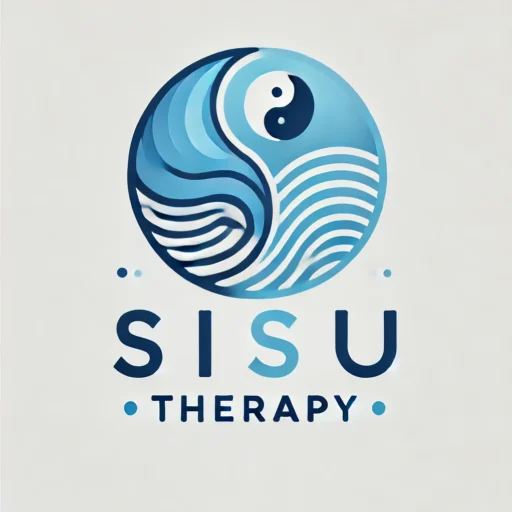The path to incorporating animal-assisted therapy into my practice began with personal observation and lived experience. As someone who has navigated significant life transitions, I recognised the profound impact that equine companionship had on my own emotional wellbeing and resilience. The act of riding, the responsibility of horse ownership, and the inspiration drawn from fellow equestrians – particularly the remarkable women within the equestrian community – provided a foundation of stability during periods of uncertainty and change.
Learning from My Community
Over time, I began systematically gathering narratives from other horse owners, documenting their experiences of how equine relationships had supported them through severe life challenges. The consistency of these accounts was striking: individuals facing bereavement, clinical depression, redundancy, divorce, and chronic illness repeatedly described how their horses had served as catalysts for engagement with life when human connections felt impossible.
The therapeutic mechanism appeared multifaceted. Horses provided non-judgmental companionship whilst simultaneously demanding routine care, effectively creating what psychologists term “behavioural activation” – the process whereby engagement in meaningful activities helps combat withdrawal and depression (Martell et al., 2001). The physical demands of horse care ensured regular outdoor activity and exercise, both recognised as crucial elements in mental health maintenance (Rosenbaum et al., 2014). Perhaps most significantly, the animals seemed to facilitate a return to purposeful daily structure when individuals felt overwhelmed by their circumstances.
The Clinical Breakthrough
The pivotal moment in my professional understanding came through work with a teenage patient who had been consistently resistant to traditional therapeutic approaches within the clinical setting. Standard talking therapy sessions had yielded minimal engagement, with the young person remaining withdrawn and uncommunicative. However, when circumstances led us to walk together to collect my horse from the field, a remarkable transformation occurred.
As we sat grooming the horse, the teenager began to communicate openly for the first time. The parallel activity of caring for the animal appeared to reduce the perceived intensity of direct therapeutic engagement, creating what might be described as a “therapeutic distraction.” This observation aligned with established research in animal-assisted interventions, which suggests that the presence of animals can reduce cortisol levels, lower blood pressure, and decrease feelings of anxiety and loneliness (Beetz et al., 2012).
The Science Behind the Connection
These experiences prompted further investigation into the growing body of research surrounding animal-assisted therapy. Studies have demonstrated that equine-assisted activities can improve emotional regulation, enhance self-esteem, and develop communication skills, particularly in adolescent populations (Anestis et al., 2014). Research by Odendaal & Meintjes (2003) found that interaction with animals activates the release of oxytocin, often referred to as the “bonding hormone,” which promotes feelings of trust and emotional connection whilst simultaneously reducing cortisol levels.
The unique qualities of horses make them particularly suitable for therapeutic work. Their status as prey animals means they are naturally attuned to human emotional states, providing immediate, honest feedback to clients’ energy and mood (Burgon, 2011). This creates opportunities for developing emotional awareness and regulation skills in a non-threatening environment. Furthermore, horses’ large size and powerful presence can help individuals, particularly those who have experienced trauma, to develop confidence and overcome feelings of powerlessness (Yorke et al., 2008).
Evidence-Based Practice Development
Recognising the potential of these interventions, I undertook formal training in animal-assisted therapy to ensure evidence-based, ethical practice. This additional qualification enables the integration of equine-assisted elements into my existing therapeutic framework, combining the benefits of traditional psychotherapy and hypnotherapy with the unique advantages of animal interaction.
Research continues to support the efficacy of equine-assisted interventions. A systematic review by Maujean et al. (2015) found significant improvements in psychological wellbeing among participants in equine-assisted activities, whilst studies specifically focusing on adolescents have shown particular benefits for those with emotional and behavioural difficulties (Hauge et al., 2014).
Moving Forward
The decision to expand my practice in this direction reflects both the compelling anecdotal evidence gathered from my community and the growing scientific validation of animal-assisted interventions. By offering this additional therapeutic modality, I can provide clients – particularly young people who may struggle with conventional approaches – with alternative pathways to healing and personal growth.
This journey from personal experience to professional practice exemplifies how lived experience, combined with systematic observation and evidence-based training, can enhance therapeutic offerings and better serve client needs in our evolving understanding of mental health and wellbeing.
References:
- Anestis, M. D., et al. (2014). Equine-related treatments for mental disorders lack empirical support. Journal of Clinical Psychology, 70(12), 1115-1132.
- Beetz, A., et al. (2012). Psychosocial and psychophysiological effects of human-animal interactions. Frontiers in Psychology, 3, 234.
- Burgon, H. L. (2011). ‘Queen of the world’: Experiences of ‘at-risk’ young people participating in equine-assisted learning/therapy. Journal of Social Work Practice, 25(2), 165-183.
- Hauge, H., et al. (2014). Equine-assisted activities and the impact on perceived social support. Journal of Creativity in Mental Health, 9(4), 537-549.
- Martell, C. R., et al. (2001). Behavioral activation for depression. Guilford Press.
- Maujean, A., et al. (2015). The impact of equine-assisted activities on psychological wellbeing. International Journal of Therapy and Rehabilitation, 22(1), 37-44.
- Odendaal, J. S., & Meintjes, R. A. (2003). Neurophysiological correlates of affiliative behaviour between humans and dogs. The Veterinary Journal, 165(3), 296-301.
- Rosenbaum, S., et al. (2014). Physical activity interventions for people with mental illness. Acta Psychiatrica Scandinavica, 130(3), 171-179.
- Yorke, J., et al. (2008). The significance of human-animal relationships as modulators of trauma effects in children. Early Child Development and Care, 178(7-8), 855-870.
If you’re interested in learning more about our animal-assisted therapy sessions with Ralph, please don’t hesitate to get in touch for your free initial consultation.

Leave a Reply